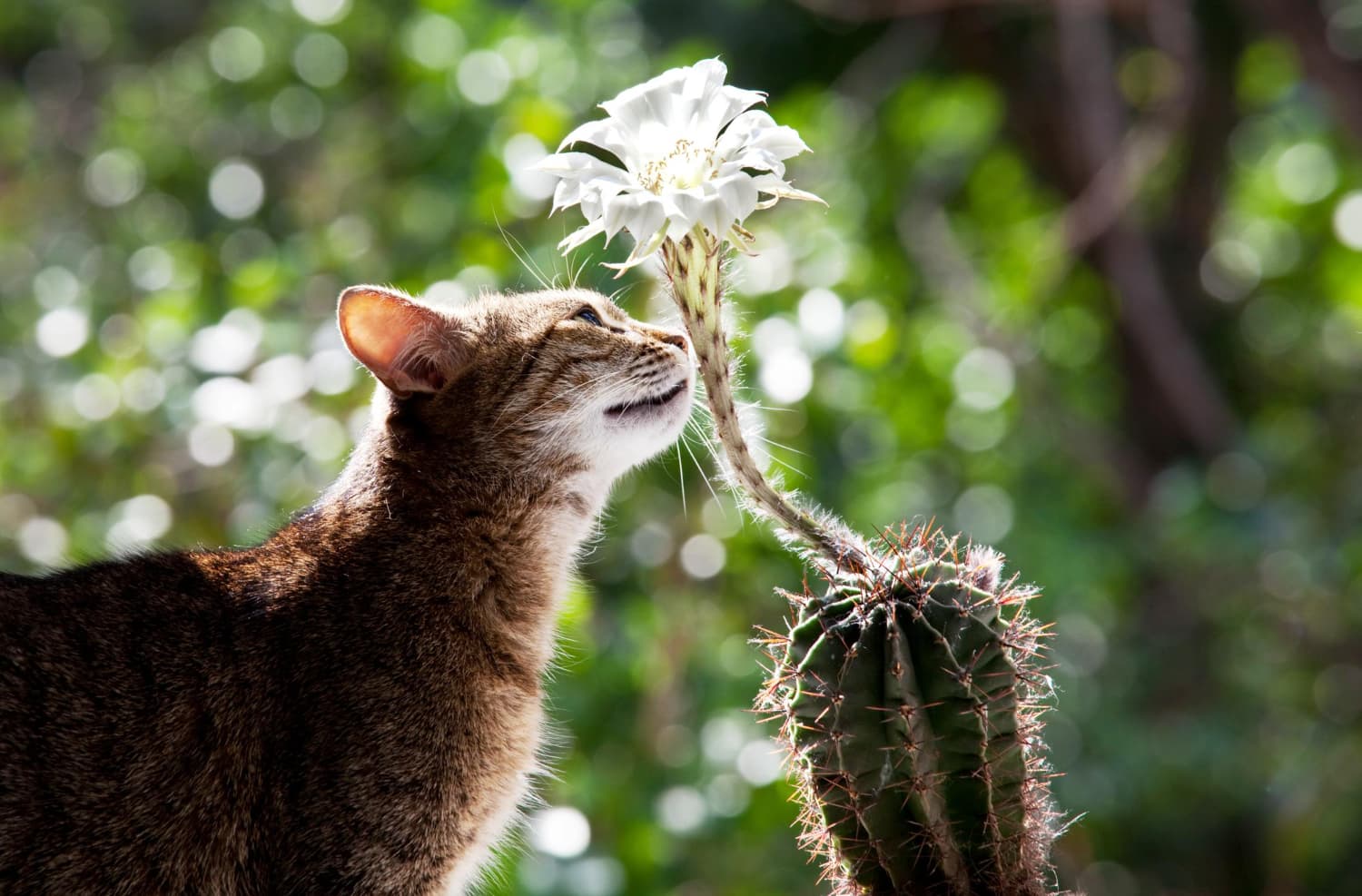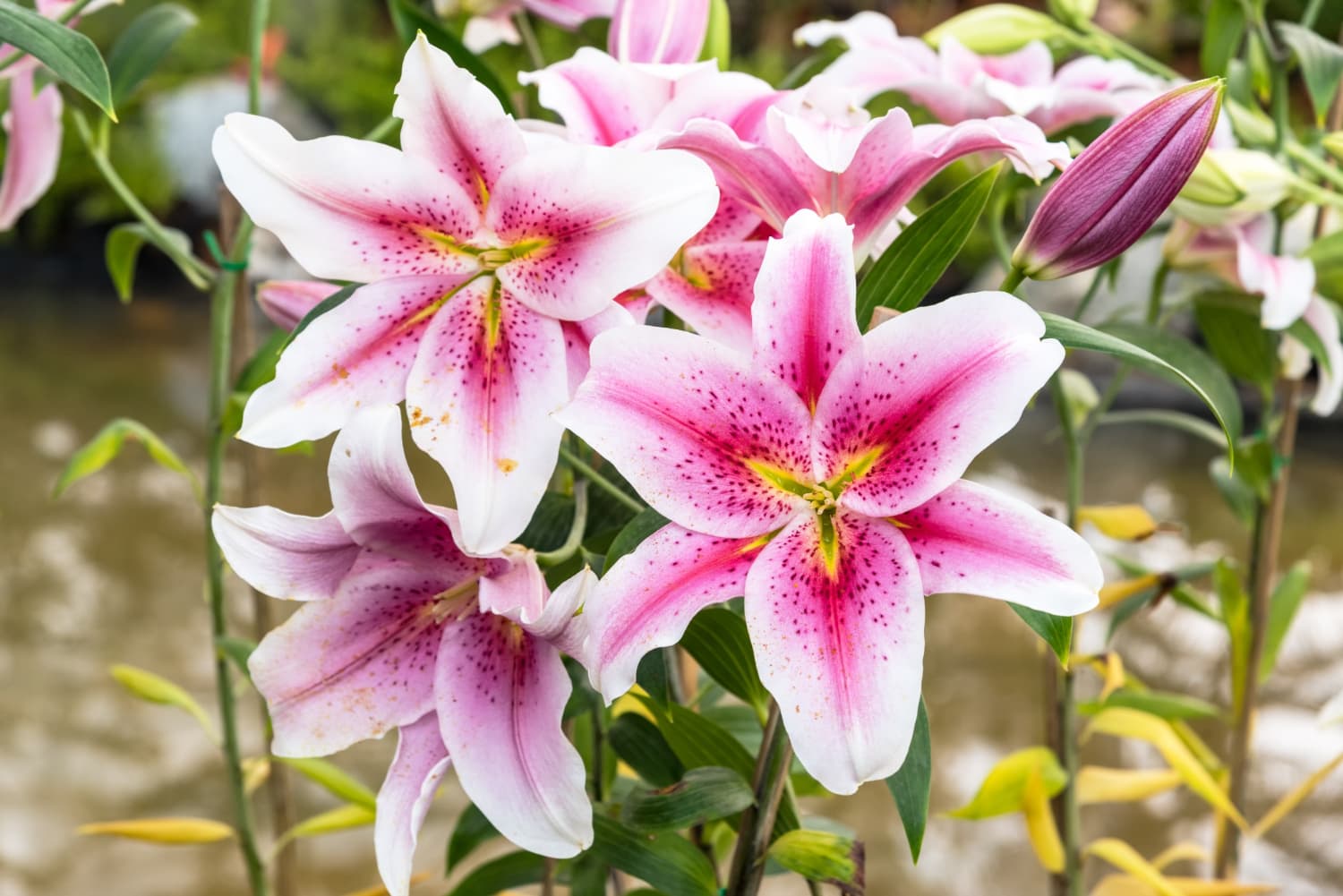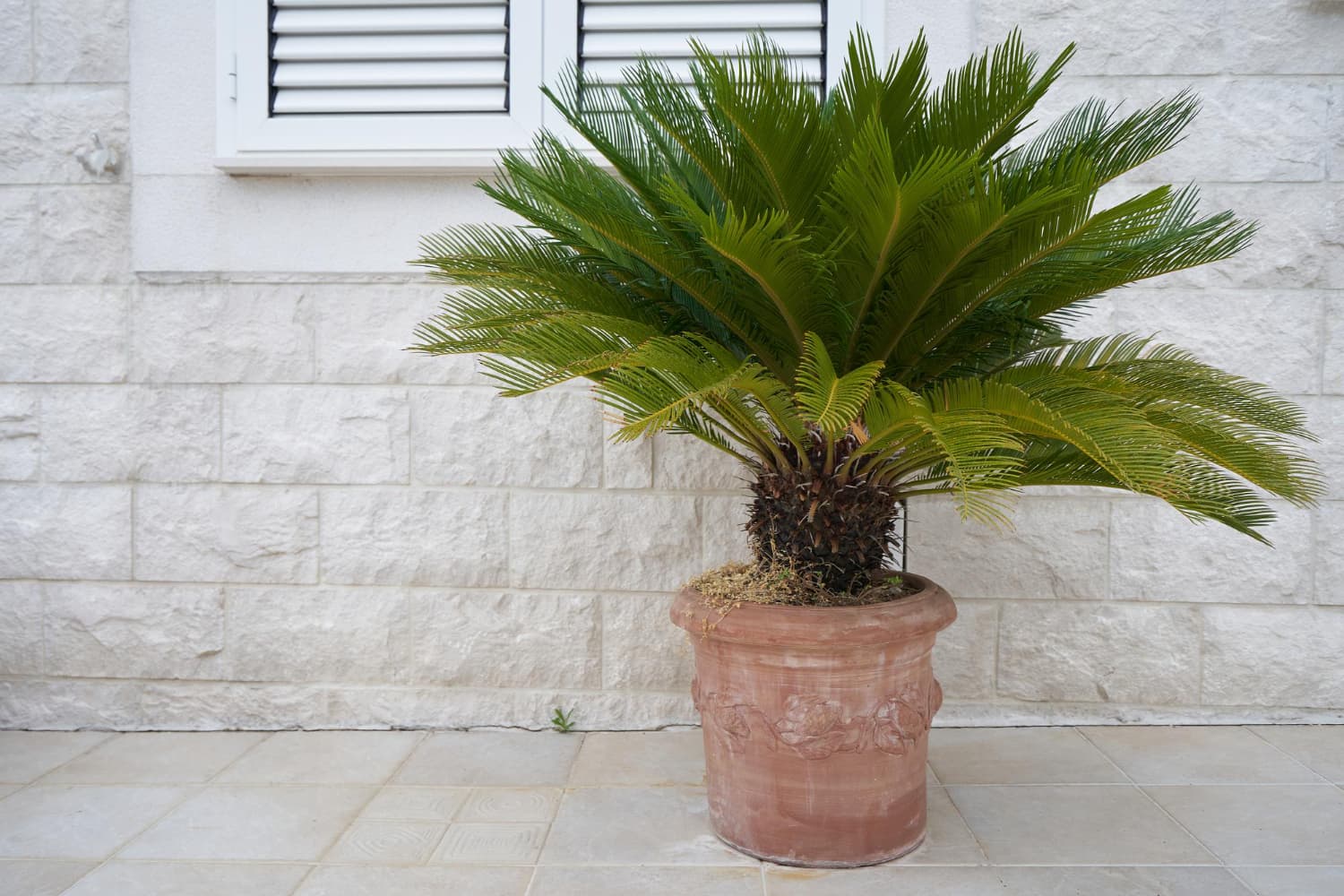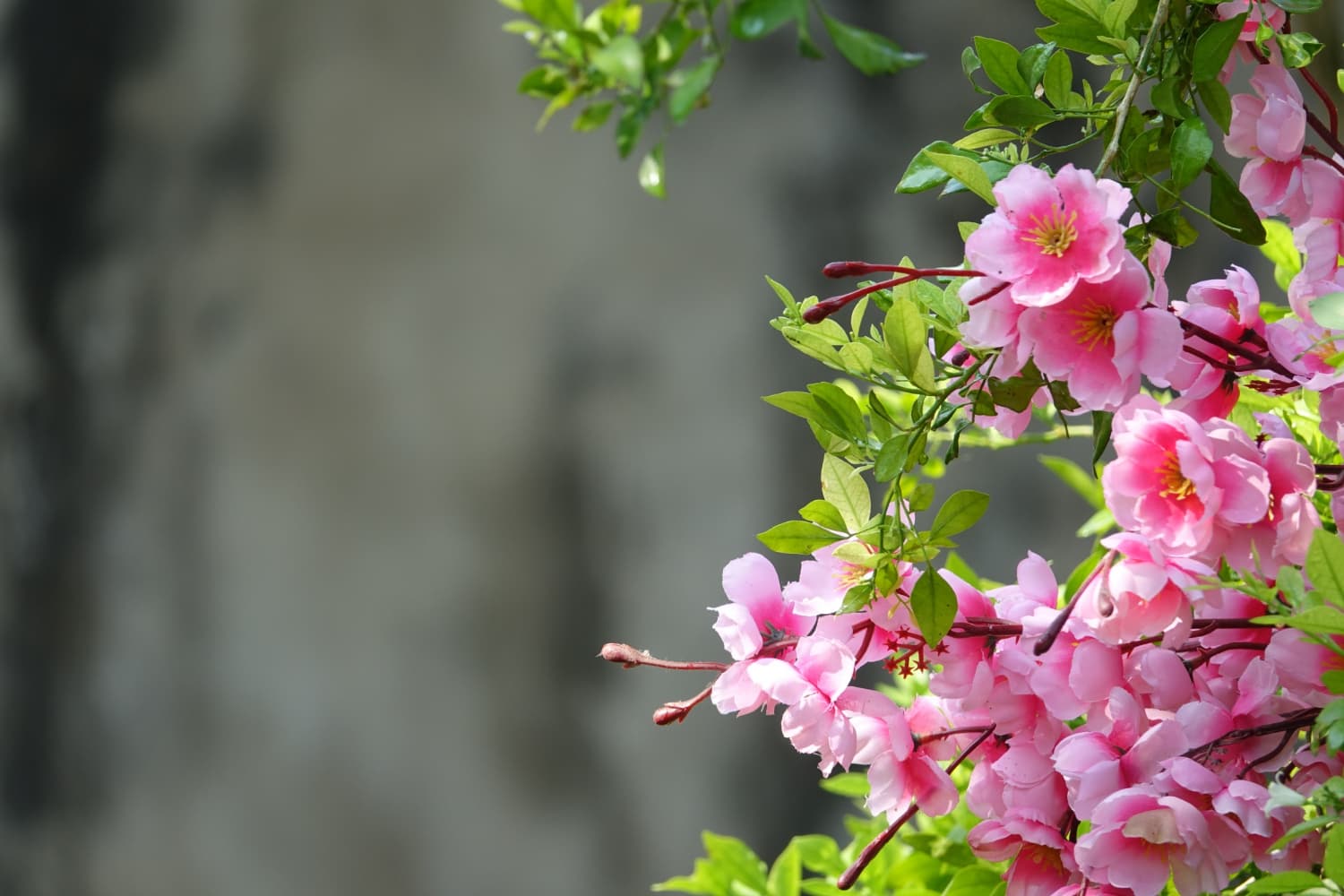Plants That Are Safe for Cats: A Beginner’s Guide

By Evelyn Harcourt
april 02, 2025 - 1 min read
We don’t always consider the potential toxicity of the plants and flowers in our homes and gardens, but pet owners should be aware of this. Though not every plant causes cat issues, it may cause stomach upset or skin irritation and a small number can be highly dangerous.
Read on to learn which plants are best around your furry friend and which are not. This article discusses some sensible steps to keep your pet safe around indoor flora and foliage.

Why Plants That Are Safe for Cats Are Important
Compared to dogs, cats are relatively sensible regarding discerning what they put in their mouths. However, they will sometimes lick or nibble something they should not.
This is especially true for younger cats and kittens, so we need to keep a closer eye on them.
Common Dangers of Toxic Plants
Most of the time, toxicity occurs when the cat ingests part of the plant.
It is also possible for them to develop irritation when the plant touches their skin, become unwell if they ingest pollen that has dropped on their fur, or even drink the water from the vase.
Symptoms That May Occur
You may notice gastrointestinal upset, drooling, red skin around the face, or lethargy when plant toxicity occurs.
Nephrotoxic plants (like lilies) can cause more serious signs, such as excessive thirst, weakness, and a lack of urine production. These signs won’t always occur immediately and can take hours (or even days) to develop.
Signs such as cat vomiting, drooling, and diarrhoea in cats can have a wide range of causes and won’t always be caused by exposure to houseplants.
How Cats Interact with Houseplants
Dangling leaves and colourful flowers can be tempting for some curious kitties. They naturally explore their environment by batting, sniffing, licking, and even tasting attractive plants.
Some cats may feel driven to nibble and chew plants as they instinctively search for a source of fibre. It is also theorised that high-energy cats (such as Bengals and Siamese) are likelier to eat flowers and plants, as they’re more prone to boredom and adventure-seeking.

How to Choose Plants That Are Safe for Cats
When there are pets in the home, it is paramount that the plants chosen are non-toxic. This should be the case both in the house and garden, particularly in places where cats may spend a lot of time, like on the patio.
Researching Plant Toxicity
There is a huge amount of information on the Internet, but it is not always up to date and may not be accurate. It is best to stick to reputable sources, such as the ASPCA website.
Factors to Consider
Steer clear of any plants listed as toxic to animals (even if only listed as mildly toxic). Even slightly toxic plants could make your pet quite unwell if eaten in large quantities.
It is a good idea to opt for plants that can be kept up high in hanging pots and are well out of reach. You may also consider those with sturdy leaves and ones that won’t regularly drop petals.
Where to Buy Safe Cat Plants
You can purchase pet-safe plants from various places, including local garden centres and nurseries and online and pet stores. It is a good idea to stick to those that are labelled so you can check with the ASPCA website that they are definitely safe.
It can be good to shop around, as the price varies greatly depending on where you go. However, you shouldn’t have to pay a premium for cat-safe plants.
Top Plants That Are Safe for Cats
You can keep many attractive plants in your home without putting your cat at any risk. Let’s take a look at some of the most popular:
Spider Plant
These green and yellow plants have slender leaves, which can dangle and act as a teasing toy for your kitty. However, they are entirely non-toxic, and eating them poses zero risk. They are a lovely, low-maintenance plant that can do well even if not regularly watered or cared for.

Areca Palm
This tropical plant can grow to six feet tall, which is excellent for those wanting to fill a larger space. Its yellow colour is a welcome addition to any home, and these palms are known for filtering air, removing pollutants and even foul odours.

Polka Dot Plant
If you want something more colourful, look no further than the lovely Polka Dot Plant. In addition to greens and whites, it features beautiful pinks, reds, and purples.
These plants are great on countertops and desks as they won’t grow too large. However, don’t forget to water them regularly, or they’ll soon wilt.

African Violet
These little flowers, a stunning shade of deep purple, will brighten up any room, giving it a fresh, opulent feel.
Even in partial light, they are constantly in bloom, making them a superb choice to keep indoors. As with all the plants listed above, they are non-toxic to our feline friends.

Most Toxic Plants
Some plants and flowers should never feature in a home with cats. Here’s a list of some of the top offenders:
Lilies
True lilies, such as the Easter and Tiger lily, can be highly toxic. If even a very small amount of pollen, petal, or stem is eaten, your cat’s life could be at risk.
Signs don’t show up immediately, so if there’s any chance your cat has had contact with a lily, call an emergency vet right away.

Sago Palm
The cycasin in this plant is potentially quite dangerous, and as well as causing vomiting and diarrhoea, it could even lead to liver damage.

Azaleas
Even small amounts of these flowers can make your cat very unwell, potentially causing heart problems and death.

Tulips
Most often, toxicity occurs when cats eat bulbs dug up from the garden soil. However, eating cut tulip flowers can also cause signs, including drooling, vomiting, and a lack of appetite.

Essential Care Tips for Cat-Safe Plants
Buying the plant and finding a nice spot for it isn’t enough. They won't last long if you don’t take good care of them. It’s a good idea to read up on your chosen plants, as not all cat-safe options have the same requirements.
If you like to keep life simple, consider purchasing a range of plants from the same family, as they are likely to have very similar needs.
Correct Watering and Lighting
As touched on above, the African Violet needs low to moderate lighting. You don’t need to keep it beside the window or in a conservatory; it will still thrive.
In contrast, Boston ferns do best with bright (though indirect) light, so keep them in a room with plenty of natural light.
It is generally advisable to water when the top inch of soil has started to feel dry. Watering too often or in large amounts could rot the roots and kill the plant. For those who find it hard to remember when to water their plants, there are even apps that can be set to send you reminders.
Safe Fertilisers and Soil
You should stick to pet-safe fertilisers. Fertilisers too high in Iron, Nitrogen, Phosphorous, or Potassium could lead to toxicity if ingested in large quantities. Stick to soils with more natural ingredients, like eggshells, seaweed, or compost.
Many soil mixes from garden centres contain chemicals we’d not want our cat to eat. Stick to organic and cat-safe options such as perlite.
Placement and Protection
It is sensible to keep even non-toxic plants out of reach so they won’t be tipped over or bitten to shreds. Hanging pots, as well as high-up and inaccessible shelves, work well.
If your cat constantly tries to get at them, consider keeping them in rooms that your cat does not have access to.

Creating a Pet-Friendly Environment
Pets and plants can go together; indeed, having plants in your home is a great way of keeping the air pure and adding extra moisture to the room if it is dry. We can do a few additional things to ensure our cats stay safe.
Providing Cat Grass or Catnip
Your cat may have a natural inclination to go and explore the vegetation in its home, so why not allow them to satisfy their urge safely by providing some cat grass? Similarly, if they’re looking for a new way to keep entertained, why not consider some food puzzles, interactive toys, or even catnip?
If you keep your cat busy, they’re much less likely to try and destroy your plants.
Learn More About Plants That Are Safe for Cats
Look at this comprehensive list from the ASPCA, which contains extensive information on toxic and non-toxic plants.
Don’t hesitate to contact an emergency vet if you’re concerned for your cat and feel it is unwell. While most cases of toxicity will be mild, there is the potential for more serious reactions.
If you have any questions about plant toxicity in your cat, please contact us.
Continue reading

Signs a Cat is in Pain and How to Recognise Them
Learn how to recognise pain in your cat and the subtle signs to look out for.
Read article
What to Do If Your Dog Eats Chocolate?
Learn what to do if your dog eats chocolate and the signs of toxicity to look out for.
Read article
Signs of Hypothermia in a Dog and How to Treat It
Learn the signs of dog hypothermia and how to treat it quickly and safely.
Read article